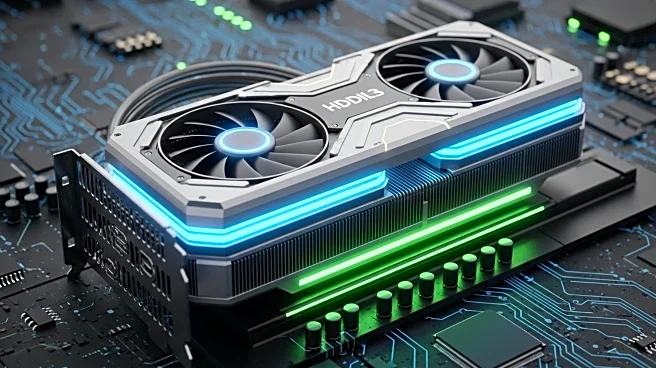What's Happening?
The tri-band Wi-Fi 7 chipset market is emerging as a significant opportunity for investors, driven by the demand for high-speed, low-latency wireless infrastructure. The market is expected to grow at a 61.5% CAGR, reaching $22.9 billion by 2030. Tri-band chipsets, operating across 2.4 GHz, 5 GHz, and 6 GHz bands, are gaining traction for their ability to reduce network congestion in high-density environments. Key players like Qualcomm and Broadcom are advancing technologies to support seamless 8K streaming and cloud gaming. However, the supply chain faces challenges due to regulatory delays in 6 GHz spectrum allocation, particularly in China and the EU, and global trade tensions.
Why It's Important?
The growth of the tri-band Wi-Fi 7 chipset market represents a lucrative opportunity for companies involved in R&D and manufacturing. As demand for advanced wireless solutions increases, companies that can navigate regulatory hurdles and supply chain risks stand to benefit significantly. The U.S. market, in particular, is poised for substantial growth, driven by Wi-Fi-as-a-Service models. Investors focusing on companies like Qualcomm and Broadcom, which are leading in innovation and partnerships, may find substantial returns. However, regulatory and supply chain challenges could impact short-term gains, necessitating strategic planning and adaptation.












